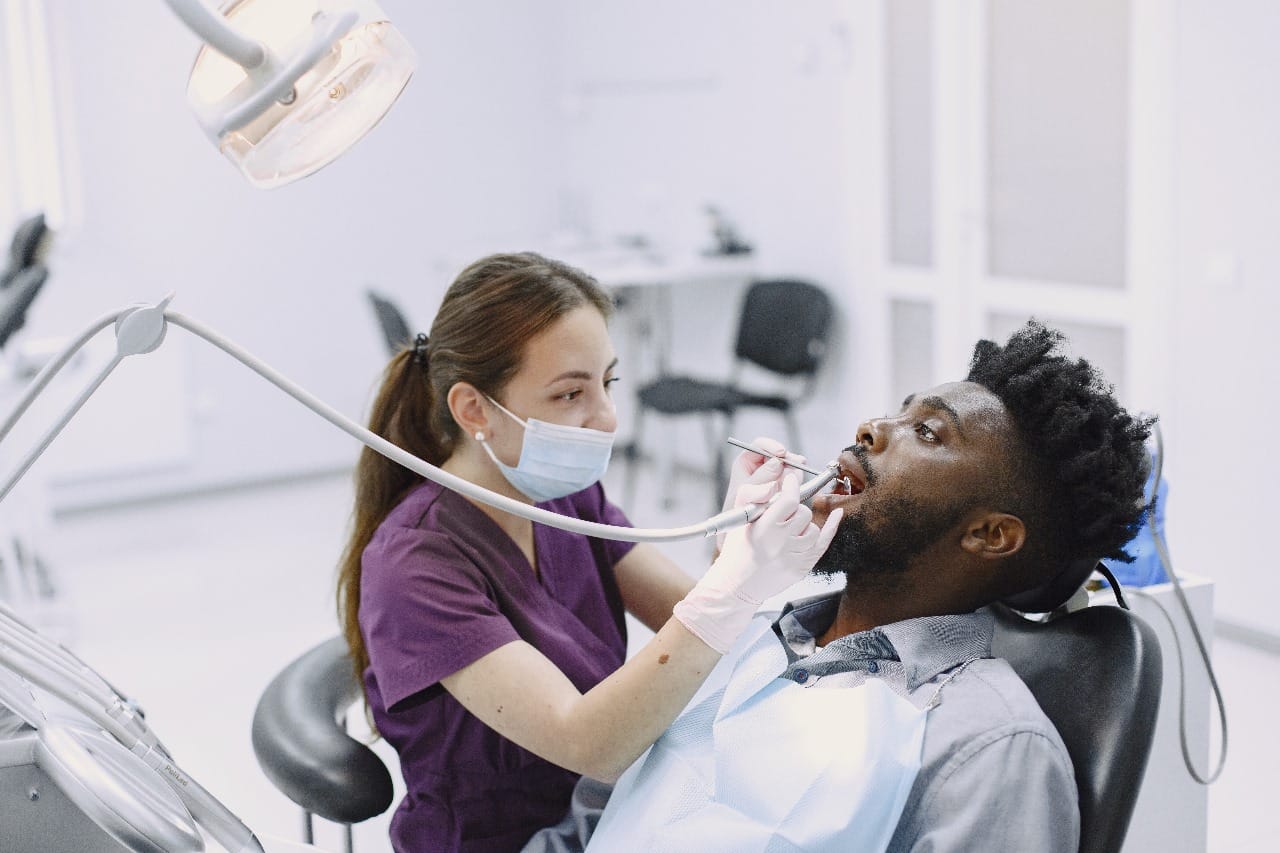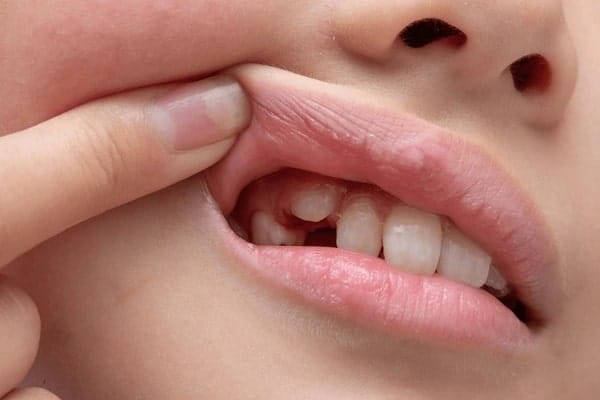When it comes to maintaining optimal oral hygiene, one question often arises among patients: should you floss before or after brushing? This question is not just about preference but can have a significant impact on your oral health. Dentists across Palm Beach, and beyond, provide clear guidance on this matter, but there is often confusion surrounding the right sequence for brushing and flossing.
In this article, we’ll break down what dentists recommend, the reasons behind their advice, and why the order of brushing and flossing matters. We will also provide evidence from dental research and discuss how both flossing and brushing can work together to keep your teeth and gums in top condition.
What Are the Benefits of Flossing Before Brushing?
Flossing before brushing is generally the recommended approach for several reasons. By flossing first, you are able to remove food particles, plaque, and bacteria from between your teeth and along the gum line. This allows your toothbrush to do a more thorough job of cleaning your teeth and gums. Below are some key benefits of flossing before brushing:
- Removal of Debris:
When you floss first, you remove trapped debris and food particles from between your teeth. These particles can otherwise interfere with brushing, preventing your toothbrush from cleaning effectively.
- Enhanced Plaque Removal:
Flossing before brushing helps in loosening plaque and debris from tight spaces between your teeth, enabling your toothbrush to sweep it away more easily. Studies show that plaque removal is more effective when both flossing and brushing are used together in this order.
- Improved Gum Health:
Flossing stimulates your gums by massaging the tissue and promoting better blood flow. Healthy gums are essential for overall oral health, and flossing before brushing encourages gum health, reducing the risk of gingivitis and gum disease.
- Better Toothpaste Effectiveness:
Flossing first exposes all the surfaces of your teeth, allowing the fluoride in your toothpaste to reach all areas, including between your teeth. This enhances the fluoride’s ability to prevent tooth decay.
Should You Brush Before Flossing?
Brushing before flossing, although not as commonly recommended, has some advantages too. When you brush first, you remove plaque and bacteria from the surface of your teeth, creating a cleaner base for flossing. Here are some benefits of brushing before flossing:
- Clean Surface for Flossing:
By brushing first, you create a smooth, clean surface that allows floss to glide more easily between your teeth. This can be particularly beneficial for those who find flossing difficult due to plaque build-up.
- Plaque Control:
Brushing before flossing removes surface plaque, which may make it easier to clean in between the teeth with floss. However, it may not be as effective at removing plaque in between teeth compared to flossing first.
- Reduced Friction:
When you brush first, your toothbrush removes a layer of plaque that may otherwise make flossing harder. Without this layer, floss can slide between your teeth more easily.
Despite these benefits, many dentists recommend flossing before brushing to optimise the overall cleaning process.
What Does Research Say About Flossing and Brushing Order?
Recent studies have explored the effectiveness of flossing before or after brushing. According to a study published by the Australian Dental Association (ADA), flossing before brushing is the most effective method for reducing plaque and improving oral health (Source: ADA, 2020). The study showed that flossing first can help remove interproximal plaque that toothbrushes cannot reach effectively.
Furthermore, a study from the American Dental Association (ADA) found that flossing before brushing reduces the risk of gingivitis and cavities by removing the majority of food debris and plaque from between the teeth, allowing toothpaste to work more effectively on the teeth surfaces.
While brushing first does provide some benefit, the research consistently favours flossing before brushing as the optimal choice for better oral hygiene.
How Does Flossing Help with Gum Health?
Flossing plays an essential role in maintaining healthy gums. Gum disease, including gingivitis and periodontitis, is often caused by the build-up of plaque along the gum line, which can lead to inflammation and infection. Flossing helps remove this plaque and prevent gum disease.
The Role of Flossing in Preventing Gum Disease:
- Reduces Plaque: Flossing removes plaque between teeth where a toothbrush cannot reach. This plaque can irritate gums, causing inflammation.
- Prevents Gingivitis: By removing plaque and food particles, flossing helps prevent gingivitis, an early stage of gum disease that can cause swelling, redness, and bleeding gums.
- Promotes Gum Health: Regular flossing stimulates the gums and improves blood flow, helping to keep your gum tissue healthy.
Table: Comparison of Flossing Before and After Brushing
| Aspect | Flossing Before Brushing | Flossing After Brushing |
| Effectiveness | More effective in removing debris before plaque sets | Less effective in removing debris after plaque removal |
| Plaque Removal | Prepares the teeth for brushing, allowing better plaque removal | May not be as thorough, plaque may already be settled |
| Gum Health | Stimulates gums, promoting healthier tissue | Less effective in stimulating gums after brushing |
| Dentist Recommendations | Often recommended by dentists for optimal cleaning | Less commonly recommended, but still useful |
| Ease of Cleaning | Easier to clean between teeth first, brushing afterwards enhances effect | Difficult to remove some debris after plaque is present |
| Frequency of Use | Recommended as part of a comprehensive dental hygiene routine | Effective if done but less optimal for daily use |
How Can You Make the Most of Your Oral Care Routine?
For the best results, follow these steps in your daily oral care routine:
- Brush for Two Minutes Twice a Day:
Use a fluoride toothpaste and a soft-bristled toothbrush. Make sure to brush for at least two minutes, reaching all areas of your mouth.
- Floss Once a Day:
Flossing should be done once a day, ideally before brushing. Ensure that you floss between each tooth and along the gum line.
- Use Mouthwash:
Consider using a mouthwash to further reduce bacteria in your mouth. Choose one that is antibacterial or contains fluoride.
- Visit Your Dentist Regularly:
Regular dental check-ups and professional cleanings are essential to maintain your oral health. Speak to Dentist about your brushing and flossing habits, and they can help guide you on improving your routine.
What Do Dentists in Palm Beach Recommend?
At Palm Beach Dental, our team of experts recommends flossing before brushing as the most effective technique for maintaining oral health. By following this simple yet powerful sequence, you can significantly reduce the risk of plaque build-up, gum disease, and tooth decay. Moreover, flossing stimulates your gums and enhances the fluoride absorption from your toothpaste.
We are dedicated to helping you achieve the healthiest smile possible. If you have questions about your oral hygiene routine or need a professional consultation, feel free to visit us today at Palm Beach Dental.
Frequently Asked Questions (FAQs)
- Is it OK to floss after brushing? Yes, flossing after brushing can still clean between your teeth, but it’s generally less effective than flossing first because the plaque is already set, making it harder to remove.
- Why is it important to floss before brushing? Flossing before brushing removes food particles and plaque, making it easier for your toothbrush to clean your teeth effectively and allowing the fluoride to work on all surfaces.
- How often should I floss? You should floss at least once a day, ideally before brushing. Regular flossing helps prevent plaque build-up and keeps your gums healthy.
- Can I skip flossing if I brush my teeth properly? No, brushing alone cannot reach all areas between your teeth. Flossing is essential for removing debris and plaque from places a toothbrush can’t reach.
- What is the best type of floss to use? The best floss depends on your personal preferences and the space between your teeth. Waxed floss is generally easier to glide through tight spaces, while unwaxed floss is a bit firmer.
- Can improper flossing cause gum damage? Yes, flossing too aggressively or incorrectly can damage your gums. Always use a gentle sawing motion to avoid injuring the tissue.



